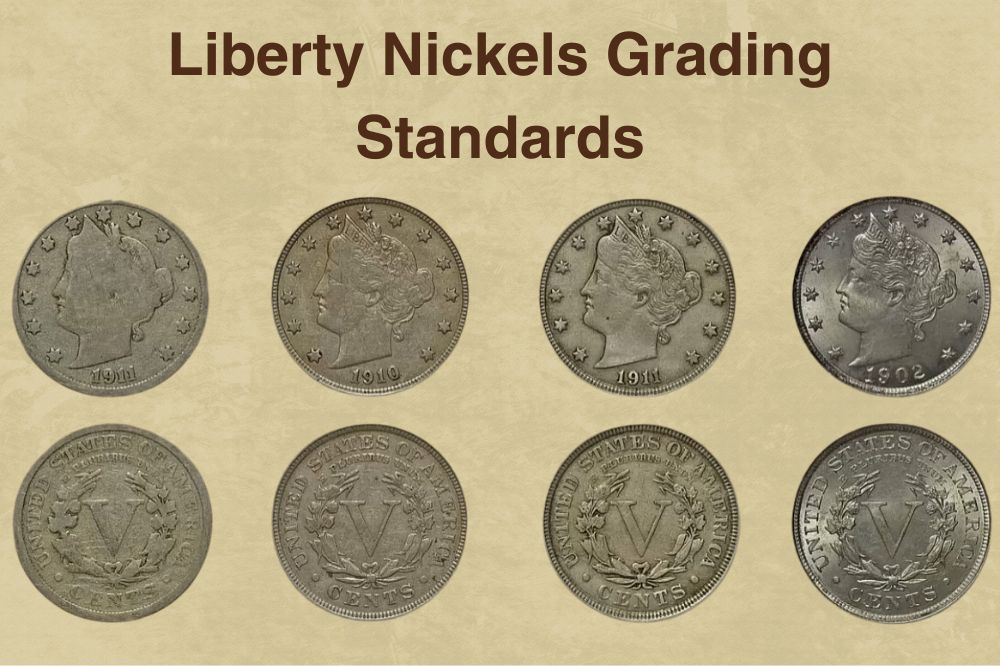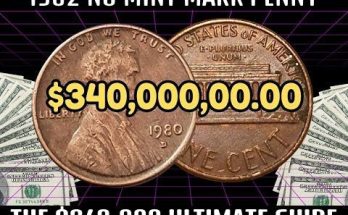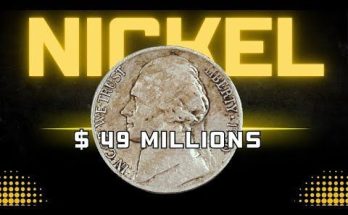Many beginner collectors have numerous questions about how to grade Liberty nickels. Even though the coin evaluation primarily includes a technical examination, it is also necessary to include each piece’s overall eye appeal.
Besides coin condition as a crucial factor, you should also consider possible imperfections that appeared during minting. When you need to rank a circulated specimen on the 70-point Sheldon grading scale, you should also check every, even the tiniest damage on the surface.
Grading Standards

The official American Numismatic Association’s grading standards are mostly based on the Sheldon coin grading scale. It appeared in 1949 when numismatist William Herbert Sheldon decided to rank coins according to particular rules.
He created a 70-point scale that included all coins from the lowest basal grade, marked with the number 1, to those in the mint state, graded with the highest number, 70.
Already in 1953, most collectors agreed that this way of coin evaluation was outdated. However, twenty years passed from that conclusion to the scale’s modernization. In the 1970s, the ANA announced its customization and offered the newly adapted, advanced scale with detailed descriptions of coins in each rank.
It is still in use but with several modifications, adjustments, deletions, and additions. It was necessary mainly because some initially weakly struck coins looked poorly, although they never reached circulation.
Understanding Grades for Liberty Nickels
The Liberty Head nickels are five-cent coins, better known as V-nickels. Their production began in 1883 and lasted until the moment when iconic Buffalo nickels replaced them in 1913.
Interestingly, the designer, Charles Barber, missed to add the denomination on the first coins’ reverse, except for the Roman number V. Thanks to unfortunate similarities to $5 golden coins, these coins offered an opportunity to counterfeit.
After a quick US Mint reaction, Barber re-designed nickels, and pieces with a struck denomination appeared in the second half of the same year. Such a situation made the first specimens rare and collectible despite the overall unpopularity of the series.
Be aware that the V-nickel value is only conditional and depends on detail. The first step in their assessment is to check the stars on the outer edge. You can consider only pieces with good-textured stars and minimal signs of wear and tear collectible. Besides, it is necessary to inspect the date and the V number.
Liberty nickels |
|
| Face value | Five cents ($0.05) |
| Compound | Cupronickel |
| Coin weight | 0.17637 ounces (5 g) |
| Coin diameter | 0.83504 inches (21.2 mm) |
| Coin thickness | 0.07677 inches (1.95 mm) |
Unfortunately, even the best-graded Liberty nickels are often unattractive to collectors. Reasons are poor-looking design, barely visible letters in LIBERTY, and often weak strike.

FREE Appraisal & Sell Your Coins
If you are still unsure about the price of your coins, you can appraise and sell your coins for free through our verified platform.
Experts estimate that only 1% to 2% of all these coins are rated better than GOOD. After all these years of their minting, you can probably complete the entire series for less than $100, except for a few keys, including the most valuable piece from 1885.
How to Grade Liberty Nickels?
Since the V-nickels are often cheap in the lowest collectible grades, most numismatists can accurately judge their condition. Having these coins professionally graded is an unnecessary and unprofitable step. You can do it yourself by following guidelines and watching one of the tutorials on YouTube.



